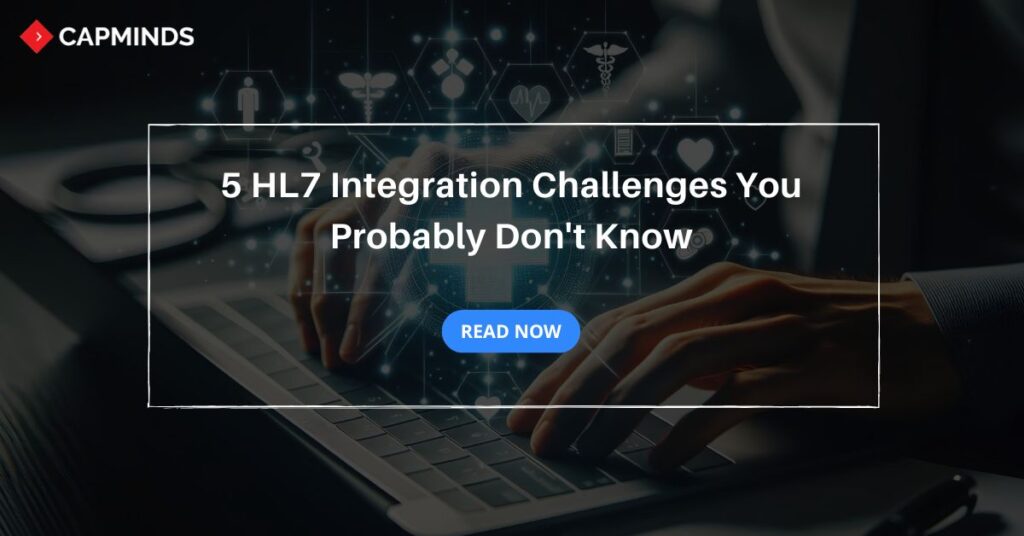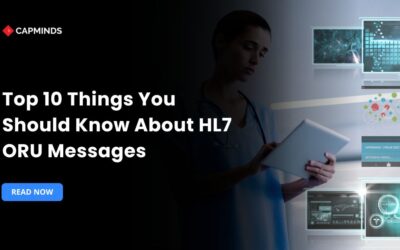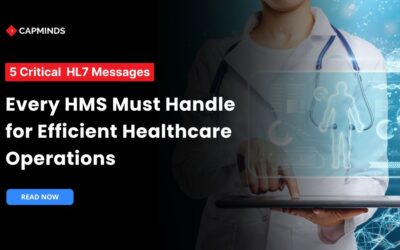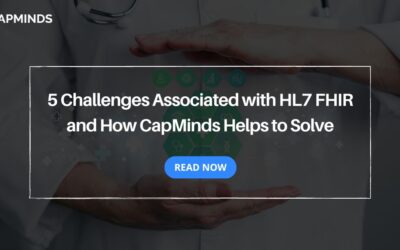5 HL7 Integration Challenges You Probably Don’t Know
HL7 integration plays a crucial role in modern healthcare, enabling seamless communication of patient information between providers and systems. While the integration process promises improved data accessibility, fewer errors, and streamlined workflows, it also comes with significant challenges for healthcare providers and software vendors.
From variations in vendor implementation to the risk of data loss during EHR transitions, these obstacles can make integration complex and costly. In this blog, we’ll explore the key challenges associated with HL7 integration and why addressing them is essential for ensuring efficient healthcare operations and superior patient care.
What is HL7 Integration?
HL7 integration refers to the process that executes that data in a way that either the provider or software system can interpret the data on the receiving end. Integrating HL7 can help to:
- Ensures that critical health data are readily available
- Eliminates the errors associated with incomplete forms and data entry
- HL7 integration can help to streamline clinical workflows
- The standardization, consistency, and comprehensibility of the data being shared by all the systems involved can be ensured with the use of HL7 integration.
The integration process may look very simple, but actually, there are numerous challenges for healthcare providers and software vendors in HL7 integration. Let’s take a detailed look at HL7 integration challenges for healthcare providers and software vendors.
RELATED: Hl7 Integration: Grabbing Potential Opportunities With FHIR API
5 Challenges of Associated with HL7 Integration
1. Integration for Application Feasibility
Clinicians face many pressures to run their practices effectively. To increase productivity:
- Clinicians won’t leave the EHR stage, log into irrelevant frameworks, and copy information already in the EHR
- No matter how valuable an application is, if it requires duplicating work, clinicians won’t use it
- Effective applications must be easily and quickly accessible to clinicians
- Applications should eliminate the need for data duplication
IT groups often have critical backlogs, which means:
- Healthcare organizations could be waiting months or years for necessary interfaces to be built
- The application must fit seamlessly into the clinician’s workflow
2. Significant Variations in Vendor Implementation of HL7 Standards
The considerable variation in HL7 implementation slows cycles and leads to increased costs. This requires:
- Maintaining different code bases and integration points for each EHR
- Allocating significant resources for integration development
- Fewer resources are available for enhancing features and functionality
When replacing or including interfaces:
- Each application connected to the updated application is affected
- Each endpoint must be updated or replaced to facilitate communication
- Vendors must replace or adjust their endpoints as well
3. Enhanced Integration for Superior Application Development
An absence of centralized monitoring implies additional time and money must be devoted to monitoring. Issues may go unnoticed until they’ve become an out-and-out emergency, and still, at the end of the day, it’s hard to pinpoint the wellspring of the issue. There’s an absence of important, framework-wide data accessible in an ideal way, so there’s no compelling method to check the overall stress on a framework.
In turn, that makes it hard to estimate resource needs, for example, server size, network communication, and support staff. All the more real-time information and read-write capacities are desperately required.
4. Poor HL7 Data Semantics on Data Integrity
In today’s advanced healthcare landscape, it’s very basic that the applications not only understand the data values but one step ahead, understand what those values mean.
- To avoid confusion, HL7 interfaces must communicate their interpretation of the HL7 interface standard being utilized correctly.
- For example, the value of “NA” may mean to be “No Allergies” or “Not Applicable”.
- Similarly, a value of “3” may represent a patient as a smoker in one system, but in another, that same value of 3 could mean that the patient is a former smoker or has never smoked at all.
This value-based confusion and the entire data quality have serious implications for patient care delivery.
As today’s advanced healthcare systems are increasingly regional, with numerous patient touchpoints, appropriate data integration is significantly more important.
5. Potential Data Loss Risks When Transitioning to a New EHR
Moving to a new EHR poses a great challenge for healthcare organizations in today’s marketplace. Some healthcare providers essentially select to keep up with various EHRs, expecting clinicians to log in to multiple platforms, or more regrettably, demand paper records.
Other healthcare providers have decided to move all the existing data to the new EHR system. In any case, they must prioritize data to move to the further process. So what data is most important and which one should be moved first?
The fundamental data such as medications, allergies, and diagnoses are to be prioritized first to migrate. Then the older lab results, images, and other data may be left behind. Also, it is probably not possible to change over specific sorts of data such as images or there might be some errors in information after transformation. In simple, migration results in technology costs, and the process will often be too lengthy
Related: EHR/EMR Integrations With HL7 & FHIR Interfaces: Breaking Barriers
Conclusion
These are the five key challenges of HL7 integration in today’s healthcare marketplace. However, the successful path to HL7 integration has many challenges, but API solutions like Integrate put true interoperability within reach for software vendors and healthcare organizations.
CapMinds HL7 FHIR Service for Healthcare Practice
CapMinds offers the best all-in-one health interoperability solution for healthcare practices. Our HL7 FHIR service will understand your clinical needs and requirements to cater to our solution.
We have years of experience in this field faced many challenges and tackled them with ease. Why can CapMinds be your Go-to Interoperability Solution?
- We are experienced professionals with years of experience in the field.
- Our technical team is an expert who will analyze your healthcare practice thoroughly to tailor the Interoperability solution.
- We prioritize safety, security, encryption, and authentication to protect your healthcare practice patient’s data.
- Our comprehensive solution ensures seamless interoperability adhering to industry standards, and using standard protocols.
- We offer comprehensive training sessions to healthcare staff.
- Our affordable health interoperability solution benefits healthcare practice at all levels.
If you are searching for the best interoperability service for your practice, CapMinds is your choice. We can assist you by navigating all potential challenges and ensuring seamless health data exchange.
Reach out to CapMinds Health Data Exchange Solutions for your Healthcare Practice.




